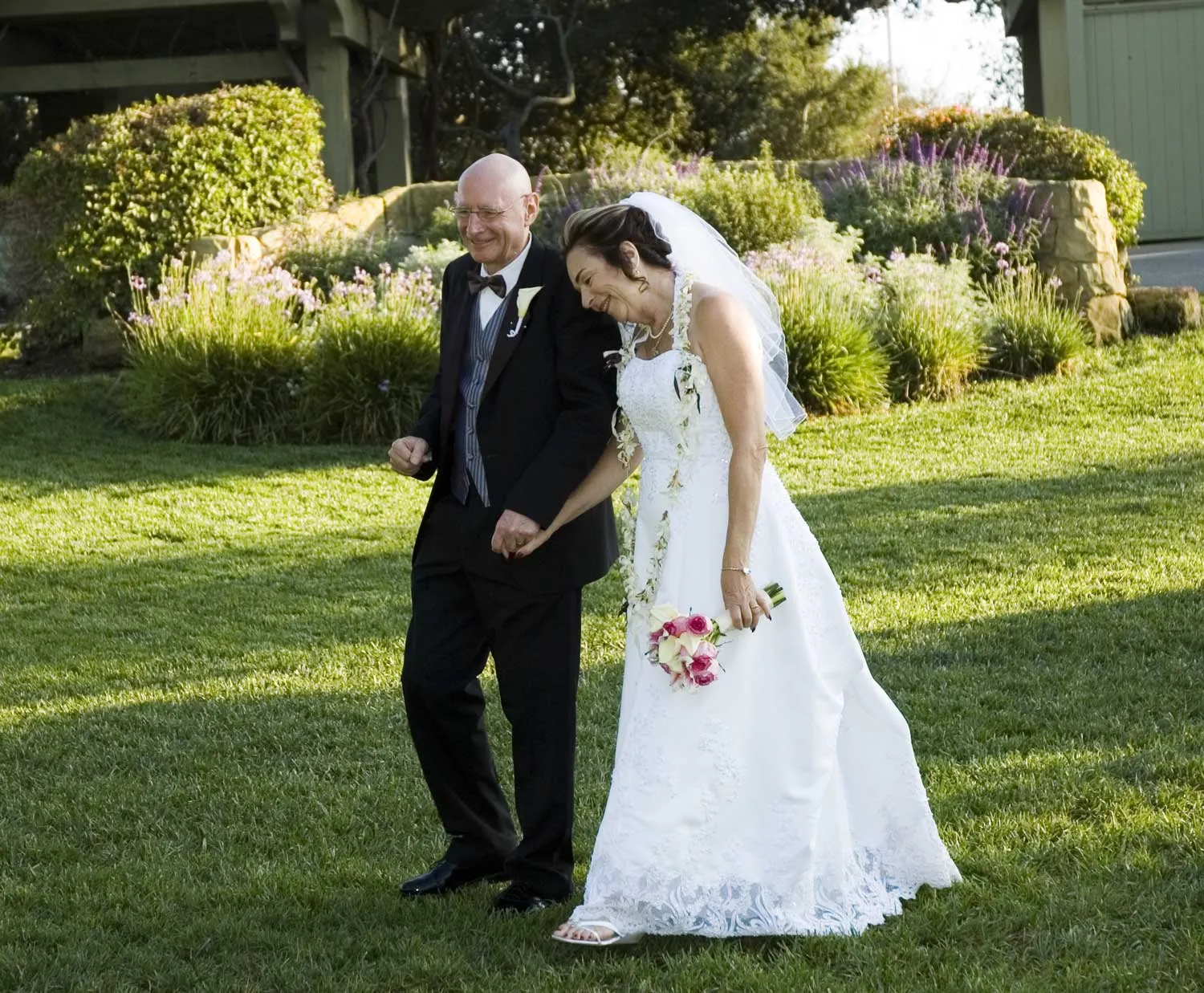Understanding the Honeymoon Phase
The honeymoon phase is an exhilarating period in a relationship, often marked by intense feelings of love, infatuation, and a strong desire to be together. It’s a time when everything about your partner seems perfect, and the future stretches ahead with boundless potential. Understanding this phase is crucial because it sets the stage for the entire relationship. It’s not just about the initial spark; it’s about laying the groundwork for deeper connection, trust, and the ability to navigate future challenges. This understanding allows couples to approach this exciting time with a balanced perspective, appreciating the joy while also beginning to build the skills needed for long-term success. Recognizing the unique characteristics of this early stage empowers partners to make conscious choices that foster a lasting, loving bond and helps in forming strong relationship.
What Defines the Honeymoon Phase
The honeymoon phase is characterized by several key elements that make it unique. It’s a time of heightened emotions, where feelings of love, excitement, and passion are at their peak. Physical intimacy is often frequent and intense, creating a powerful bond between partners. Idealization is another hallmark, where each partner tends to focus on the positive qualities of the other, often overlooking minor flaws or differences. Communication is frequent and enthusiastic, with couples eager to share their thoughts, feelings, and experiences. This early phase is also marked by a strong desire to spend as much time together as possible, creating a sense of closeness and connection. It’s important to remember that this phase is a natural part of relationship development, providing a foundation for future growth and deeper connection, building from these moments.
Emotional Intimacy During the Honeymoon

Emotional intimacy is a cornerstone of the honeymoon phase. It’s about feeling safe, understood, and accepted by your partner. During this time, partners are often eager to share their innermost thoughts, dreams, and vulnerabilities. This openness fosters a deep sense of connection and trust, creating a strong emotional bond. Sharing personal stories, expressing your feelings, and being genuinely interested in your partner’s experiences are all vital components of emotional intimacy. This shared vulnerability helps in creating a sense of belonging and mutual support, making both individuals feel seen and valued for who they truly are. Developing this connection requires a willingness to be open and receptive, which allows couples to navigate future challenges.
Physical Intimacy During the Honeymoon
Physical intimacy is a significant aspect of the honeymoon phase, characterized by a heightened desire for physical connection. This includes a range of expressions, from passionate embraces to tender touches and frequent sexual encounters. Physical intimacy releases endorphins, the body’s natural feel-good chemicals, which enhance feelings of love and connection. This form of intimacy goes beyond the physical; it is a powerful means of non-verbal communication, expressing love, affection, and desire. It strengthens the bond between partners, creating a sense of closeness and security. However, it’s essential to remember that physical intimacy should always be consensual and respectful, ensuring that both partners feel comfortable and safe, promoting a healthy and fulfilling relationship.
Building a Strong Foundation
The honeymoon phase provides a unique opportunity to build a strong foundation for a lasting relationship. While the initial infatuation is exciting, it’s important to also focus on developing essential skills for long-term success. This includes cultivating open communication, understanding shared values, and setting common goals. Building a foundation requires conscious effort and a commitment to creating a solid base for the relationship. Developing these skills early on helps in navigating future challenges and strengthens the bond. It’s about establishing a partnership that will not only survive but thrive through the ups and downs of life. Laying the groundwork in this early stage ensures a more resilient and fulfilling future together, creating a space of growth and mutual support.
Open Communication

Open communication is the cornerstone of any successful relationship, especially in the honeymoon phase. It involves expressing your thoughts and feelings honestly and respectfully, while also being willing to listen to your partner’s perspective. It means creating a safe space where both partners feel comfortable sharing their vulnerabilities, concerns, and joys. Regular and honest conversations about expectations, needs, and boundaries can prevent misunderstandings and conflicts later on. It also means being mindful of non-verbal cues and actively seeking clarification when needed. This transparent dialogue allows for deeper understanding and fosters a sense of trust and mutual respect. By practicing open communication during this phase, couples are more likely to develop a strong, resilient bond that can withstand the test of time.
Active Listening Techniques
Active listening is a critical component of effective communication, especially during the honeymoon phase. It goes beyond simply hearing what your partner is saying; it involves truly understanding their perspective, feelings, and needs. This means paying close attention, maintaining eye contact, and avoiding interruptions. Reflecting on what your partner says, asking clarifying questions, and summarizing their points demonstrate that you are engaged and value their thoughts. Active listening also involves acknowledging your partner’s emotions, showing empathy, and validating their experiences. By practicing these techniques, you create a sense of being heard and understood, strengthening the emotional bond. It’s a powerful way to build trust and mutual respect, fostering a deeper connection that can withstand any challenges.
Expressing Needs and Feelings
Expressing your needs and feelings openly and honestly is essential for building a strong relationship. It’s important to clearly articulate what you want, what you need, and how you feel, without fear of judgment or rejection. This involves using “I” statements to express your perspective and taking responsibility for your emotions. It’s also about being assertive, not aggressive, when communicating your needs. Make sure you are clear, specific, and considerate of your partner’s feelings. It’s a skill that takes practice, but it allows couples to address issues proactively, prevent resentment, and fosters a deeper level of understanding and intimacy. By communicating openly, partners can build a foundation of trust and support.
Shared Values and Goals

Identifying and understanding shared values and goals is vital for a long-term relationship, beginning in the honeymoon phase. Discussing and aligning on core values like honesty, respect, and commitment helps ensure a harmonious partnership. Likewise, sharing goals about family, career, finances, and lifestyle provides a common vision for the future. These shared values and goals act as a guiding compass, helping couples navigate challenges and make important decisions together. When partners share similar values, it creates a sense of purpose and unity, deepening the bond. By openly communicating about your shared values and goals, you can build a relationship that supports each other’s aspirations, providing mutual support and encouragement.
Discovering Common Interests
Discovering common interests during the honeymoon phase creates a sense of connection and shared experiences. Engaging in activities you both enjoy, whether it’s hobbies, sports, or cultural events, provides opportunities to bond and create lasting memories. Exploring new interests together helps to foster a sense of excitement and fun within the relationship. It is also a great way to spend quality time together, strengthen the emotional connection, and build a fulfilling relationship. These shared experiences contribute to a richer, more vibrant relationship, where you not only love each other, but enjoy each other’s company in numerous ways.
Planning for the Future Together
Planning for the future together is a key step in building a strong and lasting relationship, which can begin during the honeymoon phase. It involves discussing your individual aspirations, combined goals, and how you envision your lives unfolding as a couple. Having open conversations about long-term plans, financial goals, career paths, and family dynamics will help ensure you’re aligned. Setting these goals together sets a common vision that makes a relationship stronger. It’s about creating a shared vision that guides you and gives you a sense of partnership, working toward a collective future. This joint planning fosters a sense of security, unity, and commitment, solidifying your partnership and giving your relationship a strong start.
Nurturing Connection and Intimacy

Nurturing connection and intimacy is essential for sustaining the excitement of the honeymoon phase and building a long-term relationship. Maintaining this requires intentional effort and a commitment to prioritize each other. It’s about creating an environment where both partners feel loved, valued, and secure. This involves making time for each other, engaging in meaningful conversations, and continuing to foster physical and emotional intimacy. Regularly expressing appreciation, showing affection, and celebrating each other’s accomplishments are simple, yet powerful, ways to nurture connection. It is also about creating space and time where partners can show love, create new interests and spend quality time, creating a long-lasting partnership.
Quality Time and Date Nights
Making quality time for each other, even during the busy honeymoon phase, helps to keep the bond strong. Schedule regular date nights, whether it’s a fancy dinner, a cozy night in, or an outdoor adventure. The main point is to intentionally set aside time to focus on each other, away from distractions. During this time, engage in activities you both enjoy, share conversation, and create new memories. This is a great way to have fun, maintain connection, and grow closer together. These moments are important to grow and keep intimacy and connection, developing the love between partners.
The Importance of Physical Touch
Physical touch plays a vital role in nurturing intimacy and connection. Simple acts of affection, like holding hands, cuddling, or giving hugs, can strengthen the bond. Physical touch releases oxytocin, often called the “love hormone,” which promotes feelings of closeness and security. Making physical intimacy a regular part of your relationship is essential, especially during the honeymoon phase. This includes not only sexual intimacy, but also other forms of physical touch. It’s important to remember that physical touch should always be consensual and respectful, ensuring that both partners feel comfortable and safe. Physical intimacy, when done correctly, can keep the honeymoon phase alive for years.
Maintaining Excitement and Fun

Maintaining excitement and fun is essential for keeping the spark alive, especially as the honeymoon phase continues. Plan exciting activities, try new experiences, and don’t be afraid to step outside your comfort zone. This could include taking a dance class, going on a spontaneous trip, or exploring new hobbies together. Embrace spontaneity and create opportunities for laughter and play. This is a great way to avoid monotony and boredom. When you focus on maintaining excitement, the relationship becomes more fun and fulfilling, helping to create a strong, lasting bond.
Navigating Challenges and Differences
Even in the most loving relationships, challenges and differences are inevitable. Learning how to navigate these effectively is crucial for a lasting partnership. Approaching disagreements with respect, empathy, and a willingness to understand each other’s perspectives is a good way to do so. Developing healthy coping mechanisms, practicing conflict resolution techniques, and seeking professional help when necessary are important steps in building a resilient relationship. The ability to navigate challenges together strengthens the bond and demonstrates a commitment to each other. It’s about building a team that can overcome any obstacle, creating a strong and resilient relationship.
Conflict Resolution Strategies
Conflict resolution strategies are important tools for navigating disagreements effectively. Active listening is a key element. This involves truly hearing and understanding your partner’s perspective. Expressing your own needs and feelings calmly and respectfully is also essential. Avoiding personal attacks and focusing on the issue is key. Finding common ground, seeking compromise, and being willing to forgive are important. By practicing these strategies, you can turn disagreements into opportunities for growth. Conflict resolution involves being able to work together, build trust, and strengthen the bond.
Compromise and Understanding

Compromise and understanding are the cornerstones of successful conflict resolution and a thriving relationship. Compromise means being willing to meet your partner halfway, even if it means sacrificing your own preferences at times. Understanding involves empathizing with your partner’s feelings and seeing their perspective. It’s essential to accept that you won’t always agree, but you can still respect each other’s opinions. It is about seeking solutions that work for both partners, leading to a stronger bond. Being willing to compromise and understanding promotes trust, respect, and mutual growth.
Seeking Professional Help When Needed
Seeking professional help from a therapist or counselor is a sign of strength, not weakness. A trained professional can provide guidance, tools, and support to help couples navigate challenges. Therapy can help improve communication, develop conflict resolution skills, and foster a deeper understanding of each other. Early intervention is often the most effective approach, so don’t hesitate to seek help when needed. A therapist can give an unbiased perspective and a safe space. Seeking professional help is a commitment to your relationship, demonstrating a desire to build a strong, lasting bond.
Conclusion
The honeymoon phase is a beautiful beginning, but it’s just the first chapter of a long and rewarding journey. By understanding the unique aspects of this phase, actively building a strong foundation, nurturing connection and intimacy, and learning to navigate challenges effectively, couples can create a relationship that thrives. The skills and habits developed during the honeymoon phase will set the stage for a fulfilling, lasting partnership. Building a strong bond during the honeymoon phase is about setting the right tone for the future, one built on love, respect, and a shared vision for a life together. Remember to be patient, kind, and committed to building a relationship that will bring joy for many years.
